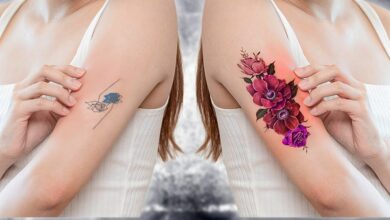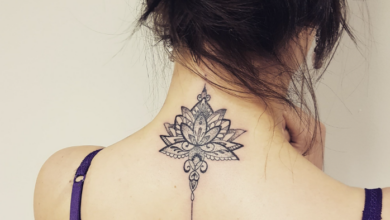
Whether you’re an ink enthusiast or a first-time tattoo recipient, selecting the right ink for your skin is crucial. In this article, we will explore the ins and outs of tattoo ink, providing you with valuable knowledge to ensure you make an informed decision. Understanding the factors that influence ink selection, such as color vibrancy, longevity, and skin compatibility, will empower you to confidently choose the perfect ink that not only reflects your style but also stands the test of time. So, let’s dive into the world of tattooing and discover how to make the best ink choice for your unique skin.
Understanding Tattoo Inks
Introduction to Tattoo Inks
When it comes to getting a tattoo, one of the most critical decisions you’ll have to make is choosing the right ink. Tattoo inks come in a wide range of colors and compositions, and understanding their characteristics is essential in ensuring a successful and long-lasting tattoo. Whether you’re a first-time tattoo enthusiast or considering adding another artwork to your collection, this comprehensive guide will provide you with the necessary knowledge to make an informed decision about tattoo inks.
Different Types of Tattoo Inks
Tattoo inks can be broadly classified into three main types: organic, vegan, and mineral-based. Organic inks are made from pigments derived from plant-based sources, such as flowers or fruits. Vegan inks are created using ingredients that are free from any animal by-products, making them suitable for individuals following a vegan lifestyle. Mineral-based inks, on the other hand, contain pigments made from minerals, such as iron oxide, titanium dioxide, or carbon black. Each type of ink offers unique properties, and understanding their composition is crucial in achieving the desired tattoo outcome.

Composition and Ingredients
The composition of tattoo inks varies, but most formulations consist of pigment, carrier, and sterilizing agents. Pigments are responsible for the color of the tattoo, and the choice of pigment greatly affects the tattoo’s appearance and longevity. The carrier is a liquid that helps suspend the pigment particles and facilitates smooth application onto the skin. Sterilizing agents are added to reduce the risk of contamination and ensure the ink meets safety standards. It’s important to purchase tattoo inks from reputable brands that disclose their ingredient lists to minimize the risk of adverse reactions or complications.
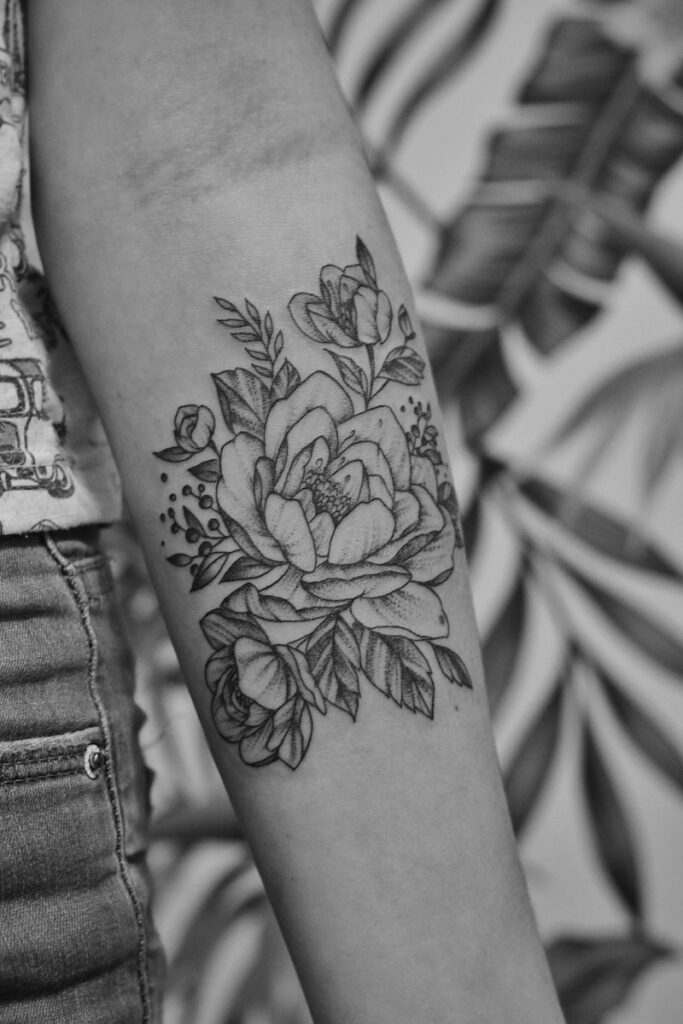
Understanding Tattoo Ink Categories
Tattoo inks are further categorized into six main groups: outlining ink, shading ink, blackwork ink, color packing ink, specialty ink, and white ink. Outlining ink, as the name suggests, is used for creating bold and defined outlines of the tattoo design. Shading ink is used to add depth, dimension, and realistic elements to the tattoo. Blackwork ink is a highly pigmented black ink that is often used for large, solid areas in tattoos. Color packing ink is used to fill in large areas with vibrant colors. Specialty inks include glow-in-the-dark or UV-reactive inks, creating a unique look under certain lighting conditions. White ink is used for highlights or to create a softer look in tattoos.

Safety Considerations
Safety should always be a top priority when choosing tattoo inks. It’s crucial to select inks that comply with health and safety regulations, such as those set by the FDA and the European Union. These regulations ensure that the inks are free from harmful substances and pose minimal risk to the wearer. Additionally, tattoo inks should be free from heavy metal contamination, as exposure to heavy metals can lead to adverse health effects. Opting for inks that have undergone third-party testing and obtained certifications further ensures their safety and quality.
Factors to Consider when Choosing Tattoo Ink
Skin Tone and Undertones
Your skin tone and undertones play a vital role in the final appearance of your tattoo. Certain ink colors may appear differently on various skin tones, so it’s essential to consider how the chosen ink will contrast or complement your skin. For fair or light skin tones, vibrant colors tend to stand out more prominently. Medium or olive skin tones can accommodate a broader range of colors, while darker skin tones may benefit from bolder and darker shades.
Color and Pigment Choice
The color and pigment choice of your tattoo ink can greatly impact the overall aesthetic. It’s important to select colors that align with your personal preferences and the desired mood or symbolism of the tattoo. Different pigments have varying levels of vibrancy and fade resistance, so discussing pigment choices with your tattoo artist can help determine the best options for your design.

Allergies and Sensitivities
Before committing to a specific tattoo ink, it is crucial to consider any known allergies or sensitivities you may have. Some individuals may be more prone to allergic reactions or have specific sensitivities to certain pigments or ingredients in tattoo inks. Performing a patch test or consulting with a dermatologist can help identify any potential allergies before getting the tattoo.
Tattoo Style and Design
The style and design of your tattoo should also influence your choice of ink. Different tattoo styles, such as traditional, realism, watercolor, or blackwork, may require specific colors or pigments to achieve the desired effect. It’s important to communicate your design vision with your tattoo artist, who can guide you in selecting the most suitable ink for your chosen style.

Covering up Old Tattoos
If you’re looking to cover up an existing tattoo, choosing the right ink becomes even more crucial. Lightening techniques, color correction, and neutralizing inks can help achieve effective cover-ups. Discussing your cover-up goals with an experienced tattoo artist can help determine the best ink colors and techniques for your specific situation.
Location and Size of the Tattoo
The location and size of your tattoo can also influence your choice of ink. Different areas of the body may require different types of inks due to variations in skin texture or exposure to sunlight. Additionally, the size of the tattoo may impact the longevity of the ink, as larger tattoos require more pigment and may fade differently over time.

Expected Longevity of the Tattoo
Consider how long you want your tattoo to last when selecting an ink. Some pigments, especially lighter colors, may fade more quickly than others. Discussing your expectations with your tattoo artist can help determine the longevity of the tattoo and guide you in choosing the most suitable ink.
Consultation with the Tattoo Artist
Ultimately, one of the most crucial factors in selecting the right tattoo ink is consultation with your tattoo artist. Tattoo artists are highly experienced in working with different inks and can provide valuable insights and recommendations based on their expertise. They can guide you through the decision-making process and ensure that your chosen ink will produce the desired results.
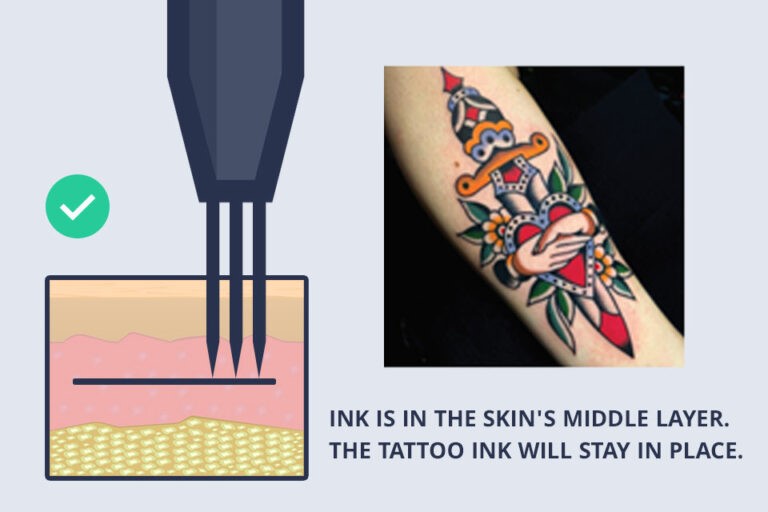
Popular Tattoo Ink Brands
Intenze Tattoo Ink
Intenze Tattoo Ink is a well-known and reputable brand in the tattoo industry. With a wide range of colors and shades available, Intenze offers vibrant and long-lasting inks that are highly regarded by many professional tattoo artists.
World Famous Tattoo Ink
World Famous Tattoo Ink is a popular choice among tattoo artists, known for its high-quality pigments and broad color range. Their inks are heavily tested and consistently deliver brilliant and durable results, making them a favorite among both artists and clients.
Eternal Tattoo Ink
Eternal Tattoo Ink is renowned for its longevity and color retention. They offer a vast selection of colors, including unique shades like the Lining Black, which is highly praised for its consistency and versatility.
StarBrite Colors
StarBrite Colors is a brand that prides itself on delivering bright and bold inks. With over 160 colors in their collection, StarBrite Colors offers an extensive range of options for tattoo enthusiasts.
Kuro Sumi Tattoo Ink
Kuro Sumi Tattoo Ink is known for its bold and opaque colors, making it ideal for both outlining and shading. Their distinctive formula produces a rich result that stands the test of time.
Solid Ink
Solid Ink is a brand committed to producing vegan-friendly and cruelty-free tattoo inks. Their inks are highly pigmented and offer a smooth and consistent application.
Dynamic Tattoo Ink
Dynamic Tattoo Ink is known for its versatility and vivid colors. Their inks are often praised for their bright and vibrant hues, making them a popular choice for tattoo artists worldwide.
Radiant Colors Tattoo Ink
Radiant Colors Tattoo Ink offers a wide array of shades that are formulated to maximize color vibrancy and longevity. Their inks have gained a reputation for delivering consistent and bold results.
MOM’s Tattoo Ink
MOM’s Tattoo Ink is a brand dedicated to providing safe and high-quality inks. They adhere to strict quality control measures and prioritize the well-being of both artists and clients.
Black Widow Tattoo Ink
Black Widow Tattoo Ink is a brand that focuses on producing rich, black inks. Their inks are praised for their high pigment concentration and exceptional black saturation.
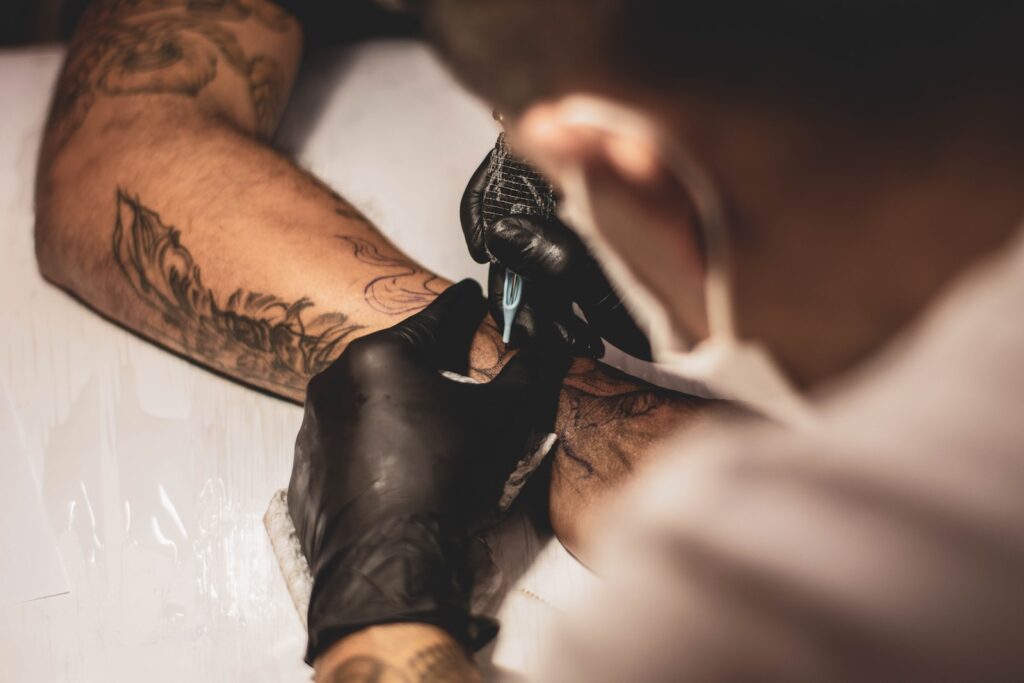
Health and Safety Considerations
Allergic Reactions and Sensitivities
Allergic reactions and sensitivities to tattoo inks can occur, although they are relatively rare. It’s important to be mindful of any allergies or sensitivities you may have and consult with a dermatologist if you have concerns. Patch tests can also be performed before getting a full tattoo to check for any adverse reactions.
Heavy Metal Contamination
Some tattoo inks have been found to contain trace amounts of heavy metals, such as lead or cadmium, which can pose health risks. To minimize this risk, it’s crucial to purchase inks from reputable brands that prioritize safety and follow strict quality control measures.
Hypoallergenic and Vegan Tattoo Inks
For individuals with known sensitivities or allergies, hypoallergenic and vegan tattoo inks may be the preferred choice. These inks are formulated with ingredients that minimize the risk of allergic reactions and are free from animal by-products, making them suitable for individuals with dietary restrictions or ethical concerns.
FDA and EU Regulations
The FDA and the European Union have established regulations and guidelines for tattoo inks to ensure their safety and quality. When selecting tattoo inks, it’s important to choose those that comply with these regulations, as they undergo rigorous testing to meet specific health and safety standards.
Certifications and Third-Party Testing
Many respected tattoo ink brands undergo third-party testing and obtain certifications to validate the safety and quality of their inks. Look for brands that proudly display these certifications, as they demonstrate a commitment to producing inks that meet strict industry standards.
Aftercare Recommendations
Proper aftercare is crucial in maintaining the health and longevity of your tattoo. Your tattoo artist should provide you with specific aftercare instructions to prevent complications and ensure optimal healing. Following these recommendations, such as keeping the tattoo clean and moisturized, can help prevent infections and fading.
![]()

Choosing the Right Tattoo Artist
Research and Reviews
Before selecting a tattoo artist, it’s important to do thorough research and read reviews from past clients. Look for artists who specialize in the style you’re interested in and have a strong portfolio of their work. Researching their experience, hygiene practices, and reputation within the industry can help ensure a positive tattoo experience.
Portfolio and Style
Reviewing an artist’s portfolio is an excellent way to gauge their style and skill level. Look for artists who have a diverse range of work and pay attention to the quality and detail in their tattoos. Finding an artist whose style aligns with your vision will increase the likelihood of achieving a satisfying tattoo.
Open Communication and Consultation
Effective communication is key when working with a tattoo artist. Schedule a consultation to discuss your ideas, preferences, and concerns with the artist. This not only allows you to gauge their professionalism but also enables the artist to provide valuable insights and recommendations.
Clean and Professional Environment
The cleanliness and professionalism of the tattoo studio or shop are crucial indicators of the artist’s dedication to health and safety practices. Ensure that the studio adheres to strict hygiene protocols, including using sterilized equipment, disposable needles, and proper disinfection techniques.
Experience and Expertise
Choose a tattoo artist who has the necessary experience and expertise to bring your tattoo vision to life. Experienced artists often have a more comprehensive understanding of different inks, ensuring they can provide valuable advice regarding color choice, longevity, and overall tattoo design.
Health and Safety Practices
Tattoo artists should prioritize the health and safety of their clients. Verify that the artist follows proper sanitation practices, uses sterile equipment, and consistently maintains a clean work environment. This commitment to health and safety helps minimize the risk of infections or adverse reactions.
Artist’s Recommendations
Tattoo artists are well-versed in various tattoo inks and can guide you in choosing the most suitable ink for your design and skin type. They can recommend specific brands or colors based on their experience and knowledge. Trusting your artist’s expertise can help ensure a successful and satisfying tattoo experience.
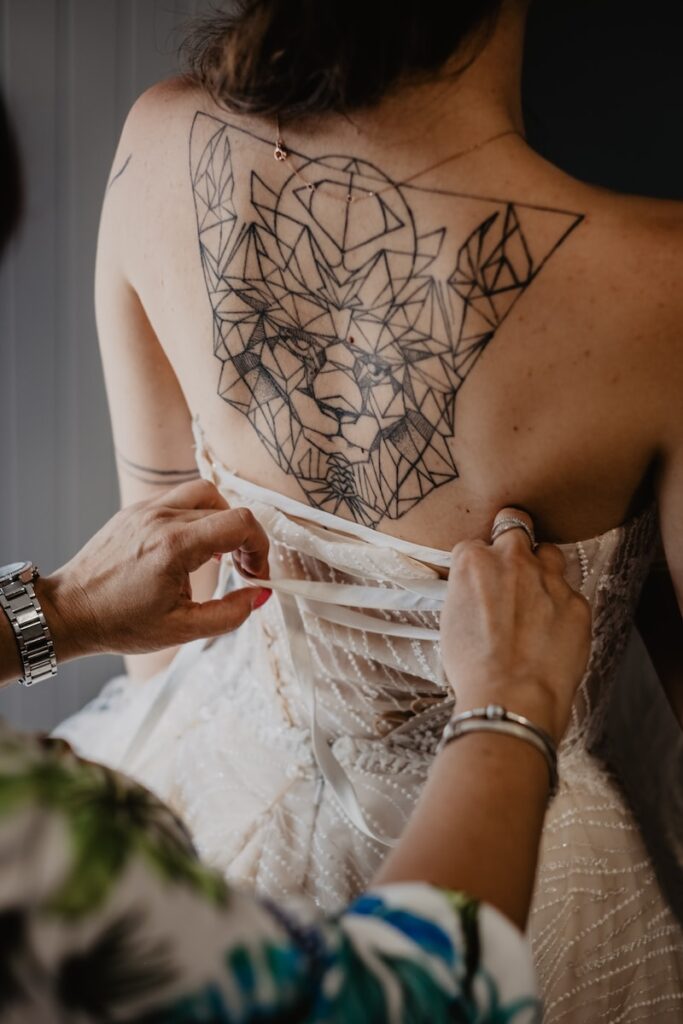
Choosing Ink Color for Different Skin Tones
Fair/Light Tone
For individuals with fair or light skin tones, vibrant colors tend to stand out and make a bold statement. Bright blues, pinks, or purples can create a striking contrast against fair skin, while warmer tones like orange or yellow can complement the skin’s undertones.

Medium/Olive Tone
Medium or olive skin tones provide more flexibility when choosing tattoo ink colors. Cool tones like greens, blues, and purples can create a pleasing contrast, while warm tones like reds, oranges, and browns can enhance the natural warmth of the skin. Experimenting with various shades can help find the perfect balance for your tattoo.
Dark/Deep Tone
For individuals with dark or deep skin tones, bolder and darker shades tend to create more impact. Rich blues, purples, and blacks can create a striking contrast against the skin, while vibrant yellows, oranges, or greens can also make a statement. It’s essential to discuss color options with your tattoo artist, as they can recommend the most suitable shades that will show up on your skin.
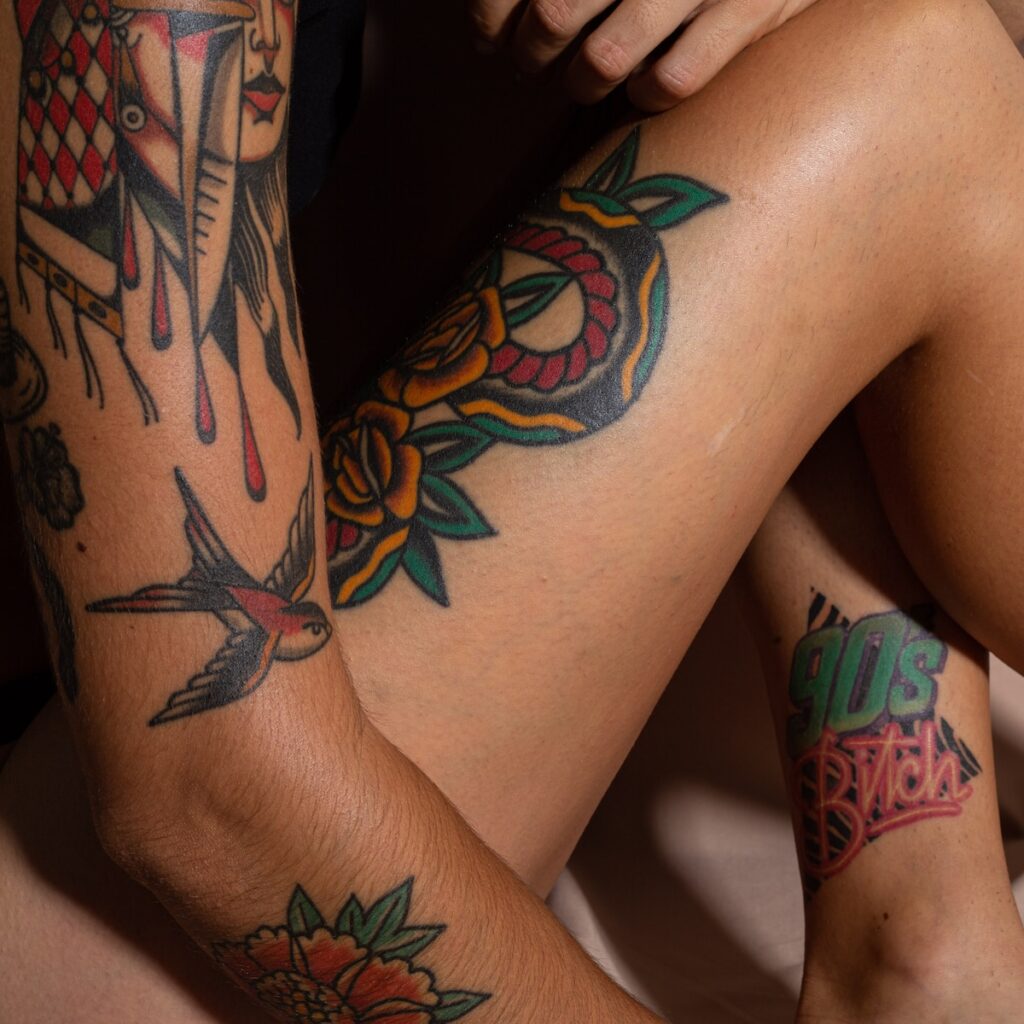
Inks for Covering Up Old Tattoos
Lightening Techniques
When covering up old tattoos, lightening techniques can be used to fade the original tattoo and make it easier to work with. This may involve using a tattoo removal cream or undergoing laser treatments to reduce the darkness or intensity of the existing tattoo. Lightening techniques help create a clean canvas for the new tattoo and allow for greater flexibility in color choices.
Color Correction
Color correction is often necessary when covering up an old tattoo with a new design. This technique involves using specific ink colors or pigments to neutralize or tone down the colors of the original tattoo. For example, using a warm-toned ink can help counteract cool-toned pigments, creating a more harmonious base for the cover-up tattoo.
Neutralizing and Blending
To create a seamless cover-up tattoo, tattoo artists often use neutralizing inks or techniques to blend the old tattoo with new elements. Neutralizing inks are formulated to minimize the visibility of the original tattoo and create a smoother transition between old and new. Skilled tattoo artists can employ shading, gradients, or other blending techniques to achieve a cohesive and visually appealing cover-up.
Longevity and Fading of Tattoo Inks
Factors Influencing Tattoo Fading
Several factors can contribute to the fading of tattoo inks over time. Exposure to sunlight, especially UV rays, can cause the pigments to break down and fade. Poor aftercare practices, such as inadequate moisturizing or excessive rubbing, can also lead to premature fading. Additionally, the type of ink and pigments used, as well as the skill of the tattoo artist, can influence the longevity of the tattoo.
Tips to Preserve Tattoo Vibrancy
To maintain the vibrancy of your tattoo, it’s important to follow proper aftercare practices. This includes keeping the tattoo clean, moisturized, and protected from prolonged sun exposure. Applying sunscreen with a high SPF to the tattooed area can help minimize UV damage and prevent fading. Regular touch-ups and periodic refreshing of the tattoo can also help maintain its vibrancy over time.
Touch-ups and Refreshing
Over time, tattoos may naturally fade due to various factors. Touching up or refreshing the tattoo can help restore its vibrancy and color intensity. It’s advisable to consult with your tattoo artist when considering touch-ups, as they can assess the condition of the tattoo and recommend the appropriate steps to maintain its overall appearance.
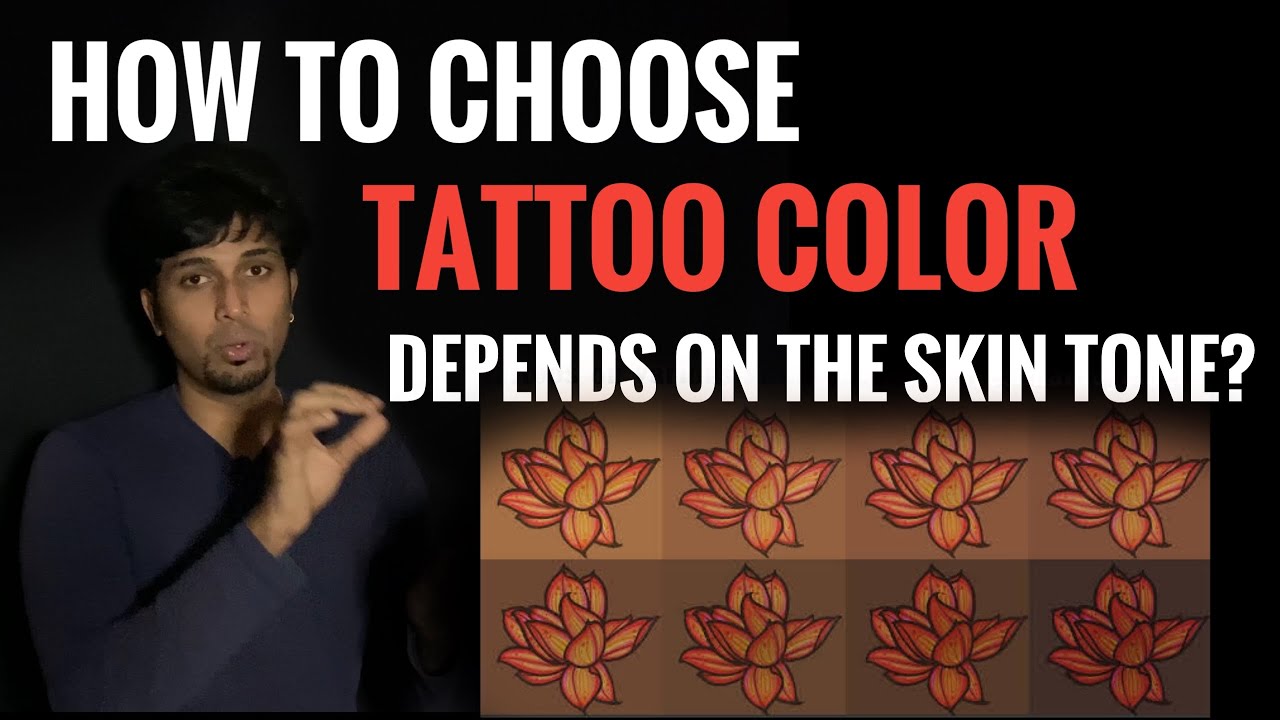
An Overview of Different Tattoo Styles
Traditional Style
Traditional tattoos, also known as American traditional or old school tattoos, are characterized by bold outlines, solid colors, and iconic imagery. Popular motifs in this style include roses, anchors, skull and crossbones, and pin-up girls. Traditional style tattoos often feature a limited color palette, primarily consisting of red, blue, green, yellow, and black.
Realism
Realism tattoos aim to replicate the appearance of a photograph or a realistic image. Highly detailed and intricate, these tattoos often depict portraits, animals, or scenery with a high degree of precision. Realism tattoos require a broad range of colors and shades to capture the intricate details and create the illusion of depth and three-dimensionality.
Watercolor
Watercolor tattoos mimic the appearance of a watercolor painting, characterized by delicate and translucent colors that blend and flow seamlessly. These tattoos often feature abstract designs, flowers, or natural elements. Watercolor tattoos typically rely on a softer color palette, including pastel shades and gradients, to achieve their dreamy and ethereal appearance.

Blackwork
Blackwork tattoos focus on bold, solid black designs, often incorporating intricate patterns and shapes. These tattoos can range from tribal-inspired motifs to geometric shapes or large-scale black ink coverage. Blackwork tattoos rely solely on black ink to create striking contrasts and emphasize the intricate details of the design.
Neo-traditional
Neo-traditional tattoos combine the boldness of traditional tattoos with more elaborate and modern elements. These tattoos often feature bold outlines, rich color palettes, and intricate shading techniques. Neo-traditional tattoos can depict a wide range of subjects, including animals, flowers, or mythical creatures, while incorporating more detailed and intricate designs.
Japanese Style
Japanese-style tattoos, also known as Irezumi, have a long-standing tradition dating back centuries. These tattoos often feature symbolic and highly detailed motifs, such as dragons, koi fish, cherry blossoms, or samurai warriors. Japanese-style tattoos are known for their vibrant colors, intricate shading, and the use of negative space to create striking compositions.
Minimalist
Minimalist tattoos follow the “less is more” philosophy, focusing on simplicity and clean lines. These tattoos often feature minimal details, simple shapes, or small monochrome images. Popular minimalist designs include abstract icons, small animals or plants, or discreet symbols that hold personal significance.
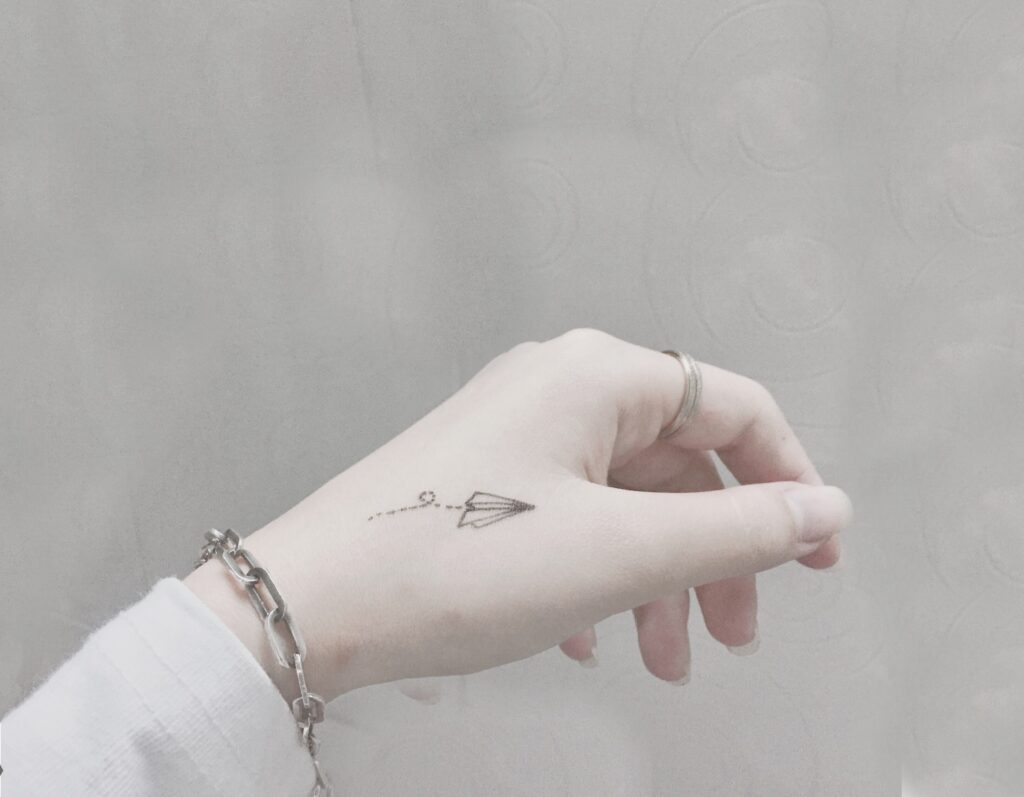
Geometric
Geometric tattoos incorporate various shapes, lines, and patterns to create visually striking designs. These tattoos often feature interconnecting or overlapping shapes, such as triangles, squares, or hexagons, to create geometric patterns. Geometric tattoos can be monochromatic or include a limited color palette, emphasizing the precise lines and symmetrical compositions.
Tribal
Tribal tattoos draw inspiration from traditional tribal cultures and often feature bold, black, and symmetrical designs. These tattoos can depict tribal symbols, patterns, or abstract shapes. Tribal tattoos are typically monochromatic and rely on bold lines and heavy shading to create their distinctive appearance.
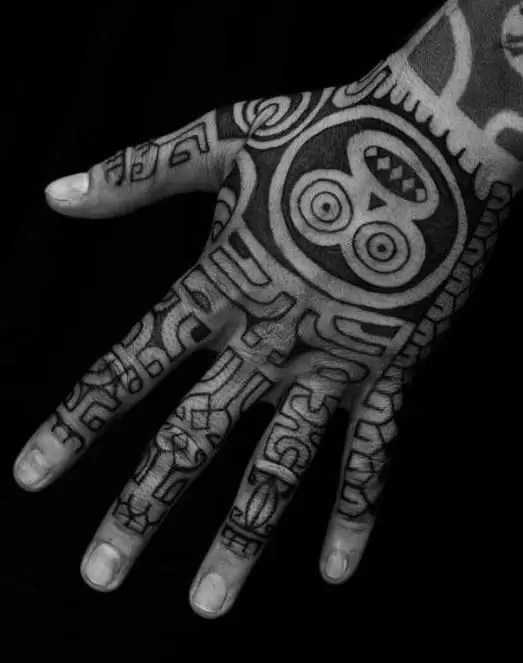
Portrait
Portrait tattoos are highly realistic representations of people or animals. These tattoos require a skilled artist who can capture the likeness and details of the subject accurately. Portrait tattoos often feature a wide range of colors and shades, as they aim to replicate the appearance of skin tones and textures, ensuring a lifelike result.
Final Thoughts and Considerations
Personal Preference
When choosing tattoo inks, it’s important to consider your personal preferences and the desired outcome of your tattoo. Take the time to explore different colors and styles, keeping in mind your own skin tone, tattoo design, and long-term goals for your tattoo.
Artist’s Advice
Your tattoo artist’s advice and expertise are invaluable when deciding on tattoo inks. They have extensive experience working with different inks and can provide insights based on their knowledge. Trusting their guidance can lead to a successful and satisfying tattoo experience.
Care and Maintenance
Proper aftercare and maintenance are essential in preserving the appearance and longevity of your tattoo. Follow your tattoo artist’s aftercare instructions and ensure that you moisturize the tattooed area regularly. Avoid excessive exposure to sunlight, and consider touch-ups or refreshing when necessary.
Potential Future Cover-ups
Keep in mind that tattoo inks are a long-term commitment and may impact potential future cover-up options. Choosing tattoo inks wisely can help ensure that you have flexibility in modifying or covering up your tattoo in the future, should you choose to do so.
Long-Term Commitment
Lastly, getting a tattoo is a long-term commitment, so take the time to thoroughly research and choose the right tattoo inks, artist, and design. With proper care and consideration, your tattoo can be a beautiful and meaningful piece of art that you’ll cherish for a lifetime.

Stylish.ae’s Ultimate Guide To Choosing Your First Tattoo(Opens in a new browser tab)
Factors Affecting Tattoo Prices(Opens in a new browser tab)
Maybelline Brow Tattoo Peel Off Tint Dark Brown Review(Opens in a new browser tab)
Inking Inspirations: The Top Tattoo Trends Of 2023 On Stylish.ae(Opens in a new browser tab)


